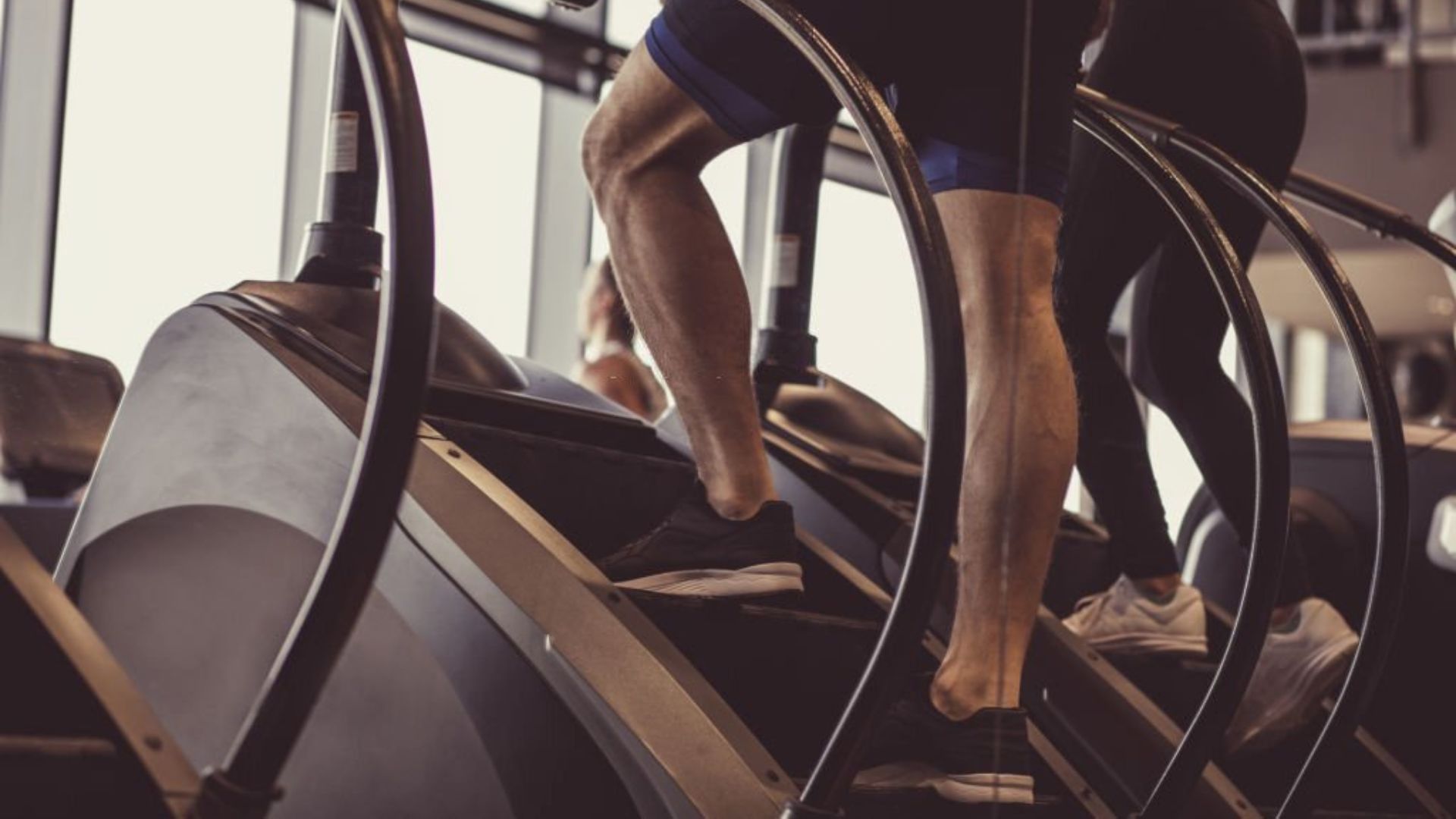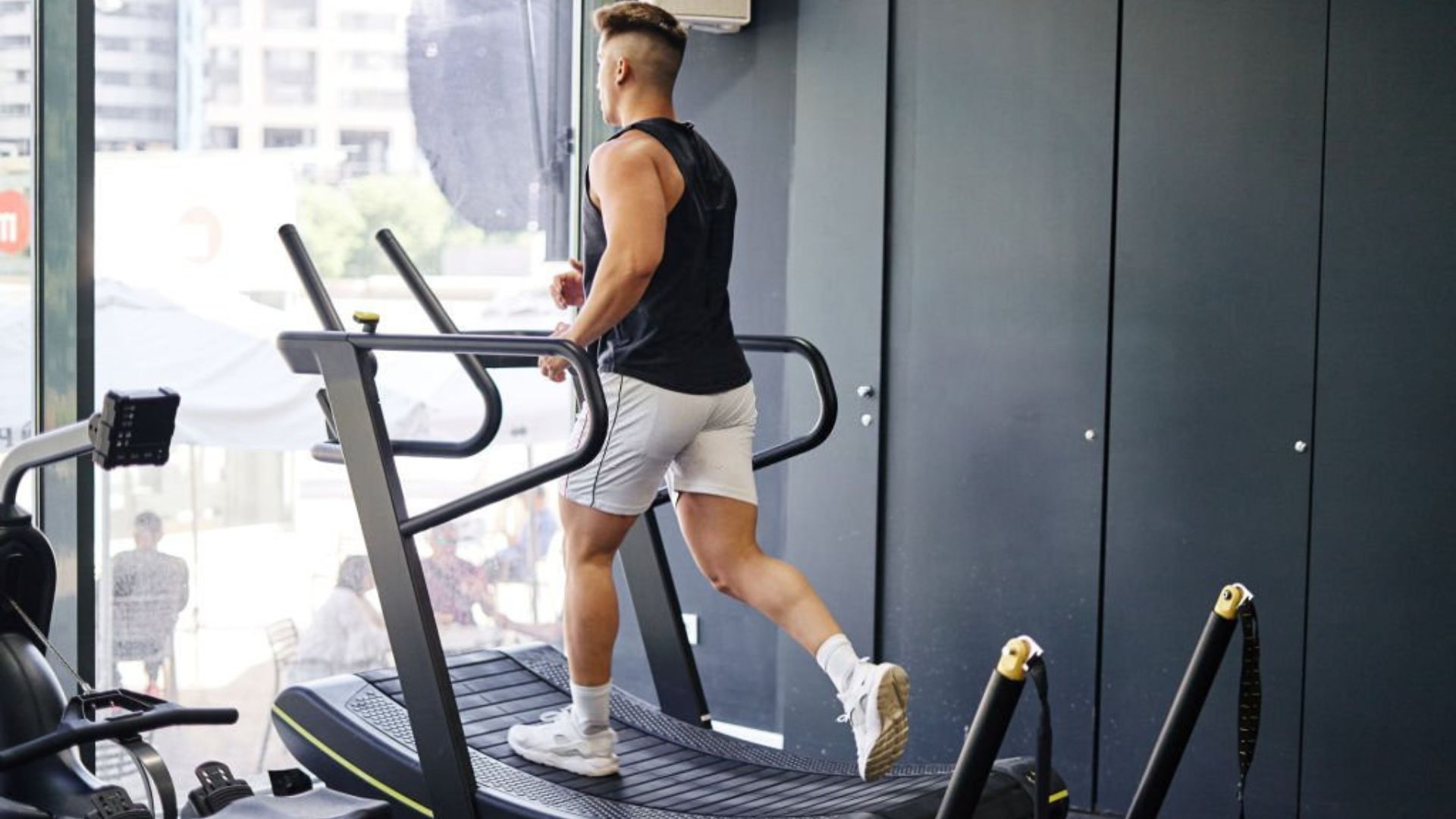
How To Run When You Are Overweight: Tips for a Safe Workout
There is indeed no such thing as”a “runner’s body.” The process of becoming a runner is mainly within the mind. Even if you do not appear like a gazelle while in the field, tracking your speed isn’t a reason to not be an athlete.
Running is an excellent method to increase your fitness level, increase endurance, and boost weight loss if this is your goal.
You should be aware
of a few points to minimize the chance of injury and make maximum benefit from your training. We’ve compiled the most essential health and nutrition advice in the following article.
Fitness Tips For Running When You Are Overweight
Start Lowly
If you’re just beginning to learn how to run, the muscles, tendons, and joints will be tested in a completely new method. The more weight you carry heavier, the greater the burden is on your body. This is why it’s crucial to begin slow and be patient with yourself to stay clear of any indications of excessive training.
The force of running is between two and three times greater than walking; it’s healthier to begin building endurance by walking first. Begin by walking for 15 minutes (about three times per week) and increase it over 2-3 weeks. Based on how vigorous you feel, you could gradually increase the amount to a mix of jogging and walking (example: 1 minute. running followed by 1 min. walking, repeat 3-5 times per session). Increase it to 2 minutes of run or more repetitions if you feel comfortable. Make sure to stretch after your run or walk.
Focus On Low To Medium Intensity Runs
If you are beginning your fitness routine, you should focus on running at a moderate pace (intensity lower than 75 percent) and moderate intensities (75-80 percent intensity). A slower pace decreases the load force and stress on your muscles, tendons, and joints. If you can carry on conversations while running. This simple run is a great way to get there if you’re trying to shed weight since it improves metabolism.
Running on soft surfaces such as trails in forests can reduce the strain on joints. The more level the surface, the better. Roots and ditches make running more difficult as you begin since you need to keep your balance and safeguard joints. A level surface will allow you to run in a more accessible and smooth stride. Make sure to keep your stride short and avoid stretching your legs too far.
Start With Comfortable Gear
The correct sneakers for running are crucial to ensure your safety and comfort. Find shoes that are cushioned to cushion shock. Consult a professional running shoe manufacturer and test a run. A suitable outfit is essential. Pick the most breathable fabric to ensure you are at ease while running if you sweat frequently.
Don’t Overdo It Then Increase The Rate.
Your intensity training will increase gradually and slowly if you’re overweight and running. Give your body time to adapt to the pressure of exercising. If your body feels good throughout and following your runs, you can gradually increase your workout. The best running schedule to establish a strong base is to run three times per week for around 30 minutes. Do not increase the intensity of your runs until you’re able to run 30 minutes without difficulty. This is when you can begin to introduce slower and faster runs.
Important:
The intense workouts increase fat-burning, but you have to improve your endurance and general fitness. If you don’t, you’re pushing your muscles too hard, and your running journey will begin by taking time off. Pay attention to your body’s signals and allow yourself plenty of time to recuperation after your run.
Build Muscle Including Bodyweight Training
Include stabilization exercises to begin strengthening your muscles right from the beginning.
Example:
A bodyweight workout 3 times each week
Exercises: lunges, low planks, side planks, squats, airplanes, Superman, mountain climbers
Create a circuit workout routine that includes 3 rounds, five exercises, and 30 seconds for each exercise. Just imagine you’ll have strength built within less than 20 minutes!
Nutrition Tips To Run When Overweight
Nutrition is crucial to ensure that the workouts go smoothly and your body is stocked with the energy reserves it needs.
Before You Go
Don’t run with the stomach empty or if you’re hungry. Eat a small meal 30-60 minutes before your run to boost your energy. A small banana or snack bar of granola is a good pre-run snack. Beware of high fiber items (e.g., whole grain products, legumes). Although these are a vital component in your daily diet, you shouldn’t consume them before a workout. They’re difficult to digest and could cause discomfort when running. Fat-rich foods can cause cramps too.
Take one glass of water before you put on those running boots, but be careful not to drink too much that it spills out into your stomach.
During Your Run
If you’re thirsty when you’re running, carry your water bottle along. Drinks for sports or watered-down fruit juices are recommended for intermediate runners working hard longer than one hour.
Do you experience dizziness during your workout? You could be dehydrated or require a larger snack before your run. Be aware of your body. If you have frequent bouts of dizziness, consult your doctor.
After Your Run
Have you just completed a race? That’s great, and you ought to be proud of yourself! Take a bite of food within one hour of your exercise (composed chiefly of proteins and carbohydrates) to replenish your glycogen reserves and aid in the recovery process. A bigger meal is advised if you have run for longer than an hour or if your last meal was a long time long.
Snack concepts after your run
Plain yogurt/soy yogurt topped with fresh fruit, and a handful of nuts
Omelet with vegetables and one slice of whole-grain bread
Smoothie made with fruits, milk, or soy milk and a spoonful of flax/chia seeds, nut butter, or flax
Oatmeal served with a splash of soy milk or milk, fresh fruit, and a few crumbs of nuts or nuts.
What can you do to prevent overeating following running:
Eat regularly balanced food choices (protein throughout the day, enough fiber, and healthy fats)
Do not skip meals to cut calories (less isn’t always equal to more)
Drink plenty of fluids
Important:
Suppose you are trying to lose weight running. In that case, it is still necessary to eat enough calories, particularly when you’re physically active. To lose fat sustainably and sustainably, cut down on your calories consumed daily by 300-500 in a day, but not more than 500 calories.
Takeaway
Whatever your goals are, whether you’re looking to build your fitness levels or lose weight both, running if you’re overweight is definitely doable. It is essential to take your time to make sure you are comfortable in your gear and consume a balanced diet.










